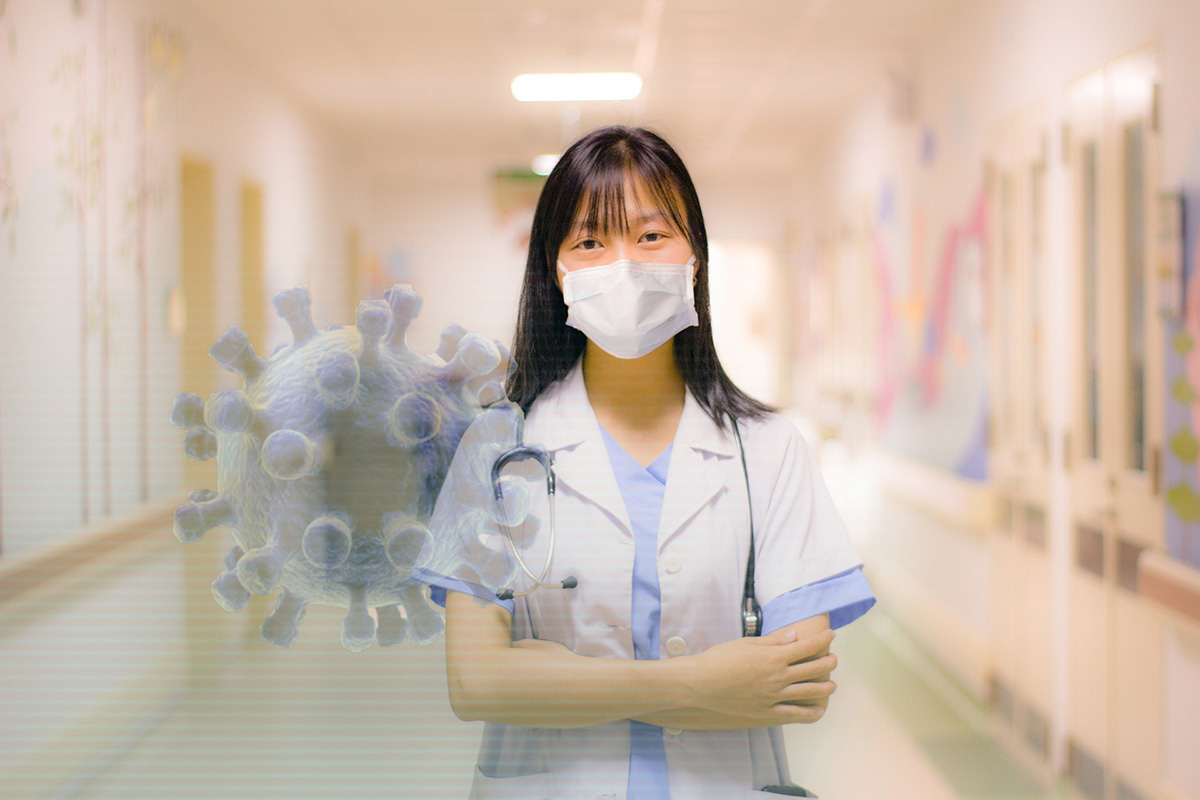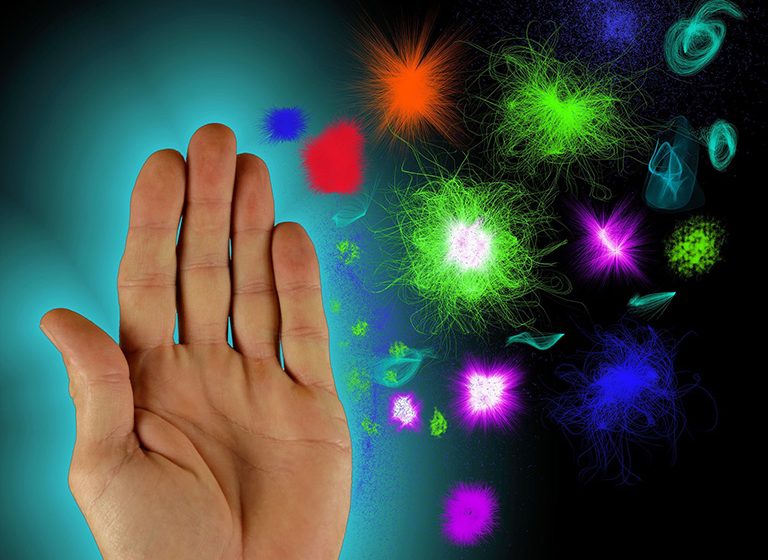Most common bacteria found in public transport
All kinds of germs are found in public transport vehicles, so it is important to take care of that part of public health security by disinfecting those vehicles the proper way.
We dont want to sound like germaphobes, but health issues are getting bigger every day, as more and more people use the same kind of transportation.
Acinetobacter Baumannii, Pseudomonas Aeruginosa, Klebsiella, E. Coli, Serrati, Proteus, Enterococcus Faecium, Staphylococcus Aureus, Salmonellae are some of pathogens found on areas of public transport that are in contact with human
skin.
Sampling taken in New York's subway found that of the human bacterial DNA identified, 32% was associated with the gastrointestinal tract and 29 % skin. Another 20 % was associated with the genital area, largely a result of
people not washing their hands properly after going to the bathroom. But that is just to show how people did not progress in their hygienic habits.
Anyway, as a comfort, most of those bacteria are harmless.
48 % bacteria found in that research was not known, showing how little we know about microbial life that surrounds us. But to repeat, lets not be germaphobes since germs surround us forever.
Microbial life found in public transport differs from country to country, from city to city and can even differ in the morning and in the afternoon.
While the state of germ infestation in public transport can be reduced by improving on hygienic habits, it is also fair to say that many people do not have the proper means of keeping themselves clean in this century, and that is
our failure as a mankind. We should not judge; we should help in any way we can.
Until we achieve decent levels of humanity in our societies, we have to take care of our health by using means that are available, and in this case UV-C lights for disinfecting public transport are the best solution, since it is
fast and take just a short time after the line goes to the garage, making it clean and ready for the next shift.
When we come to SARS-CoV-2 virus, Far-UV-C light (222nm) also shows to be the most efficient and safe in the inactivation of said virus…
Paper currency and coins may be a public health risk when associated with the simultaneous handling of food and could lead to the spread of nosocomial infections…
Decontaminating work apparel is probably the best way to reduce sick-related leave costs in times of epidemics or pandemics…
The influenza virus can “live” on some surfaces for up to 48 hours. Routine cleaning of surfaces may reduce the spread of flu…
The effective resistance of many types of microorganisms to UV-C varies considerably. We should know that the germicidal effect starts directly after the irradiation…
All kinds of germs are found in public transport vehicles, so it is important to take care of that part of public health security by disinfecting those vehicles the proper way…







